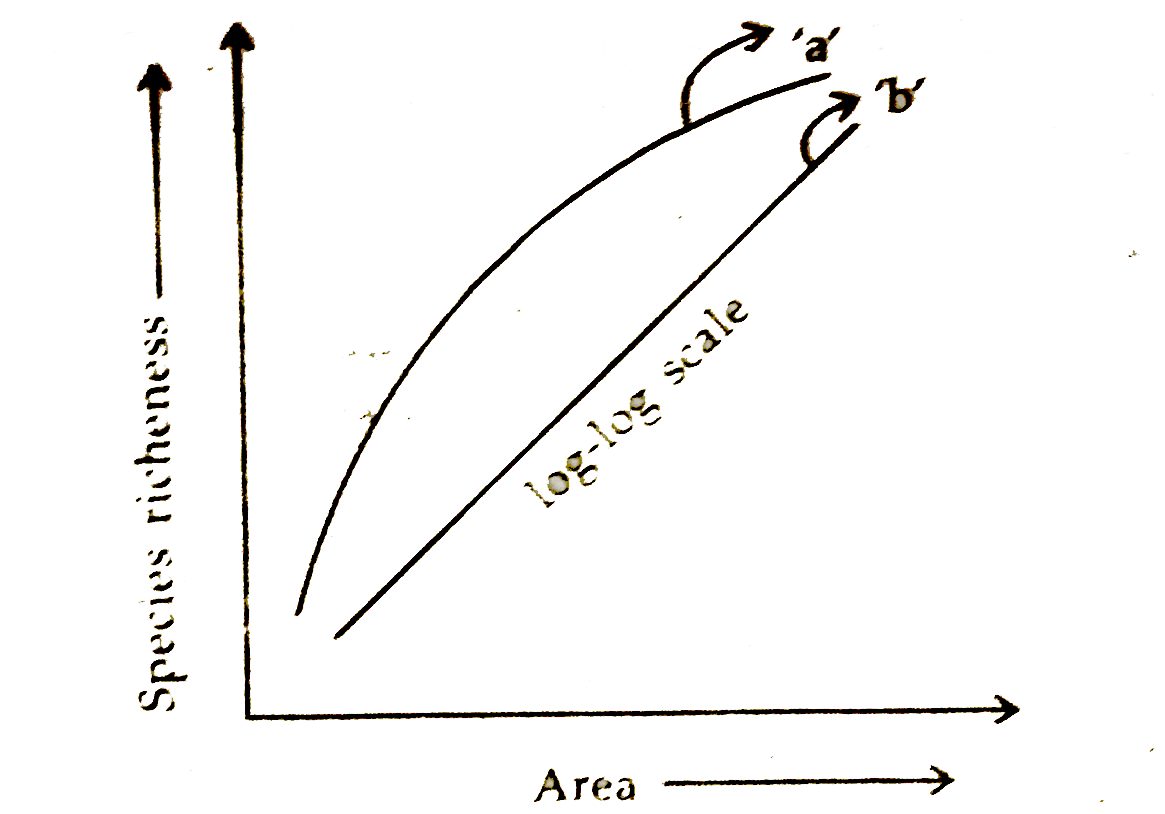When RNA is hydrolysed, there is no relationship among the quantities of different bases obtained. What does this fact suggest about the structure of RNA?
A DNA molecule has two strands in which the four complementary bases pair each other, i.e., cytosine (C) always pair with guanine (G) while thymine (T) always pairs with adenine (A). Thus, when a DNA molecule is hydrolysed, the molar amounts of cytosine is always equal to that of guanine and that of adenine is always equal to that of guanine and that of adenine is always equal to thymine. In RNA, there is no relationship between the quantities of four bases (C, G, A and U) obtained, therefore, the base pairing principle, i.e., A paris with U and C pairs with G is not followed. Therefore, unlike DNA, RNA has a single strand.
Topper's Solved these Questions
Similar Questions
When RNA is hydrolysed there is no relationship among the quantities of four bases obtained unlike DNA. What does this fact indicate about the structure of RNA?
View SolutionWhen (+) sucrose is hydrolysed, the D-glucose mutarotates downward to +52.7∘. What does this indicate about the structures of (+)-sucrose?
View Solution(i) Deficiency of which vitamin causes night-blindness ?
(ii) Name the base that is found in nucleotide of RNA only.
(iii) Glucose on reaction with HI gives n-hexane. What does it suggest about the structure of glucose ?View Solution(a) Name the scientist who called t-RNA an adapter molecule.
(b) Draw a clover leaf structure of t-RNA showing the following:
(i) tyrosine attached to its amino acid site
(ii) anticodon for this amino acid in its correct site (codon for tyrosine Is UAC)
(c) What does the actual structure of t-RNA look like?View Solution(a) Name the scientist who called tRNA an adapter molecule
(b) Draw a clover leaf structure of t-RNA showing the following :
(i) tyrosine attached to its amino acid site (ii) anticodon for this amino acid in its correct site (codon for tyrosine is UCA)
(c) What does the actual structure of t-RNA look like.View SolutionThe Rutherford α-particle experiment shown that most of the α-particles pass through almost unscattered while some are scattered through large angles. What infromation does it given about the structure of the atom ?
View SolutionThe following graph shows the species area relationship. Answers the Questions as directed.
(a) Name the naturalist who studied the kind of relationship shown in the graph.
Write the observations made by him.
(b) Write the situations as discovered by the ecologists when the value of 'Z' (slope of the line) lies between
(i) 0.1 and 0.2, (ii) 0.6 and 1.2
What does 'Z' stand for ?
(c ) When would the slope of the line 'b' become steeper ?
 View Solution
View SolutionThe following graph shows the species area relationship. Answers the Questions as directed.
(a) Name the naturalist who studied the kind of relationship shown in the graph.
Write the observations made by him.
(b) Write the situations as discovered by the ecologists when the value of 'Z' (slope of the line) lies between
(i) 0.1 and 0.2, (ii) 0.6 and 1.2
What does 'Z' stand for ?
(c ) When would the slope of the line 'b' become steeper ?
 View Solution
View SolutionAmong the nitrogenous bases involved in DNA and RNA formation, the double ring base is :
View SolutionWhat are the functions of nucleic acids ? What are the structures of sugar molecules present in DNA and RNA.
View Solution

